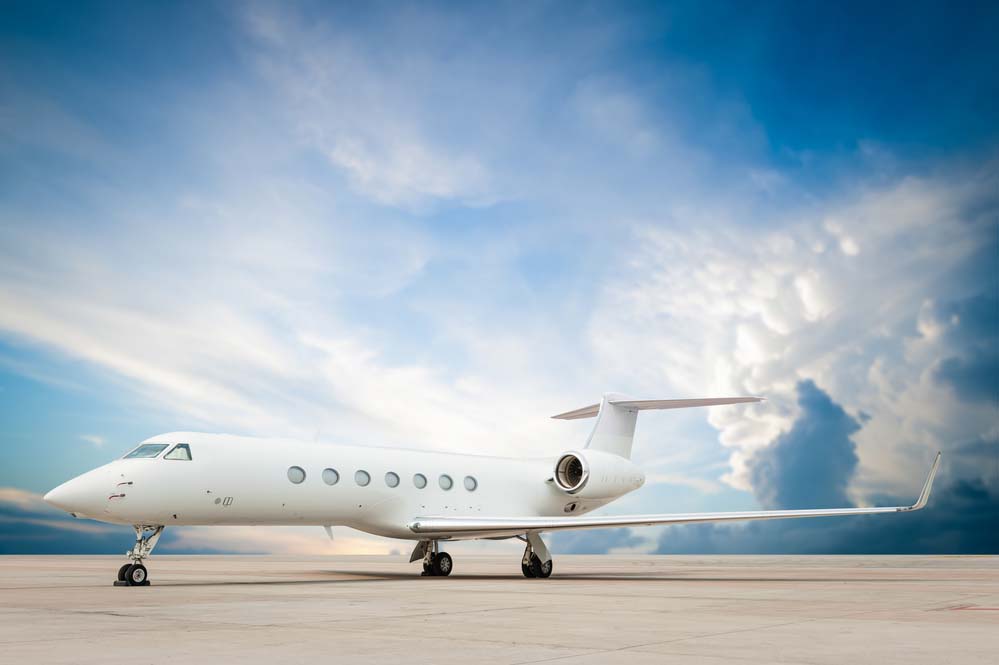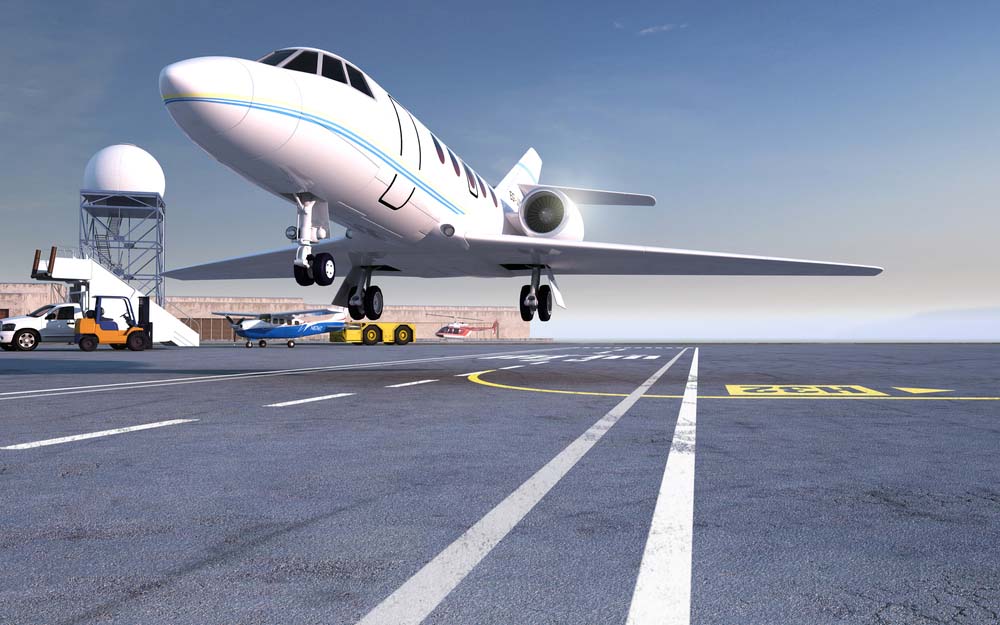What Does Aviation Insurance Cover?
Oct 12, 2022

Aviation insurance is a must for anyone who owns or operates an aircraft. While in many locations, there aren’t necessarily laws requiring aviation insurance, it’s still a good idea. This is because FBOs typically won’t allow uninsured pilots or aircraft to land at their facilities. Additionally, the amount you would pay for repairs or injuries in the event of an accident or other issue would be enormous without aviation insurance.
But what, exactly, does aviation insurance cover? It depends on the type of aviation insurance that you have. There are six different types of aviation insurance and each type covers different things.
Insurance Type #1
Public Liability Insurance

Public liability insurance is the type of aviation insurance that covers any damage caused by the aircraft to property that is owned by someone else. This typically includes:
- Houses
- Vehicles
- Crops
- Airport facilities
- Other aircraft
- And more
Any third-party property that is damaged in the event of a collision is what is covered by public liability insurance. You may be required to purchase a certain dollar amount of public liability insurance depending on your location.
How Much Public Liability Insurance Do You Need?
The size and class of the plane may impact how much insurance you would need to buy.
Insurance Type #2
Passenger Liability Insurance

Public liability insurance covers only third-party property, not your aircraft itself or the passengers, so additional insurance is required. Passenger liability insurance is what covers any injuries your passengers may sustain in an accident or if they are killed.
How Much Passenger Liability Insurance Do You Need?
Passenger liability insurance is typically sold on a per-seat basis, so the size of the cabin would determine how much you needed.
Insurance Type #3
Combined Single Limit (CSL) Insurance
CSL insurance is public liability insurance and passenger liability insurance combined into one policy. When these two types of insurance are separate, they each would have their own coverage limit. However, with a CSL policy, the two would share a coverage limit.
Why Purchase CSL Insurance?
A CSL policy can be more flexible in how much it covers for each type of liability.
Ex. An accident with higher passenger liability costs but lower public liability costs is best under a CSL so you’re not over the limit on one but not the other.
Insurance Type #4
Ground Risk Hull Insurance (Not in Motion)

The above types of aviation insurance all covered people or property damaged by the aircraft in the event of an accident but not the actual aircraft. Ground risk hull insurance is the type of aviation insurance that covers damage to the aircraft while it’s on the ground and specifically not in motion caused by things like:
- Fire
- Flood
- Wind
- Hail
- Mudslides
- Theft
- Vandalism
- Damage from animals
- Damage from vehicles
- Damage from other aircraft
- Collapsing hangar
Does Hull Insurance Have a Deductible?
Typically, hull insurance policies do have a deductible. This is to minimize smaller-scale claims or nuisance claims.
Insurance Type #5
Ground Risk Hull Insurance (in Motion/Taxiing)

Ground risk hull insurance is another type of aviation insurance that is meant to cover damage to an aircraft while it’s on the ground. However, this type of insurance is specifically for when the aircraft is taxiing or is otherwise in motion.
Why Is It Called Hull Insurance?
Aviation insurance originated in marine insurance, so hull, which is the exterior of a ship, is used to describe an aircraft.
This type of aviation insurance does not include takeoff or landing. Because of disagreements between policyholders and insurance companies over whether an aircraft was taking off or just taxiing, some insurance companies no longer offer in-motion insurance.
Insurance Type #6
In-Flight Insurance

In-flight insurance is the final type of insurance and is the third type that insures the aircraft itself. This type of insurance covers an aircraft during every phase of operation, including:
- In storage
- Parked
- Taxiing
- During takeoff
- In-flight
- Landing
In many cases, in-flight insurance may be able to take the place of both types of ground risk hull insurance.
Why Purchase In-Flight Insurance?
While in-flight insurance typically costs more than ground risk hull insurance, it also covers the aircraft the entire time it’s in motion, which is when most accidents occur.
How Much Aviation Insurance Do You Need?
How much insurance you need depends entirely on the size and category of your aircraft and what type of insurance you need.
Keep in mind that the bare minimum policy may save you money in the short-term, it could end up costing you in the long run if your policy won’t cover the costs of a major repair or replacing your aircraft.
KEEP UP WITH THE LATEST IN AVIATION NEWS
Get the latest updates about the aviation industry on our blog.
For informational purposes only.

